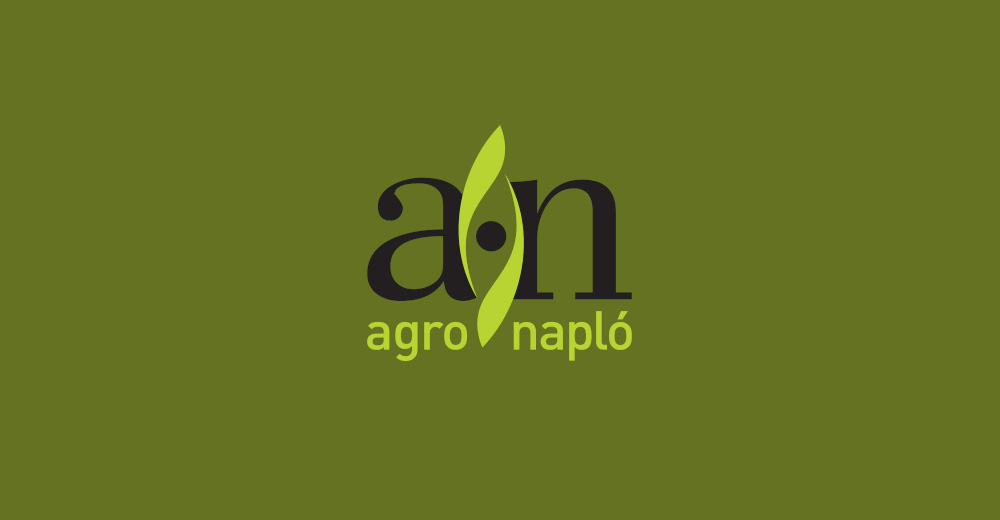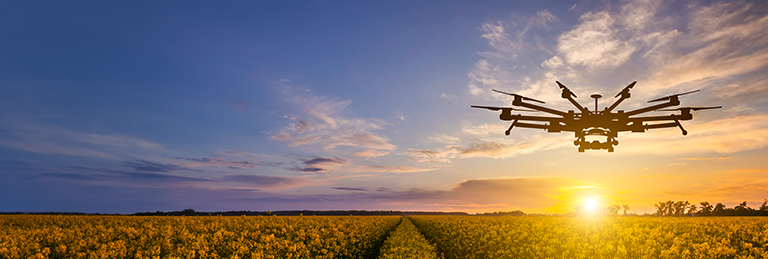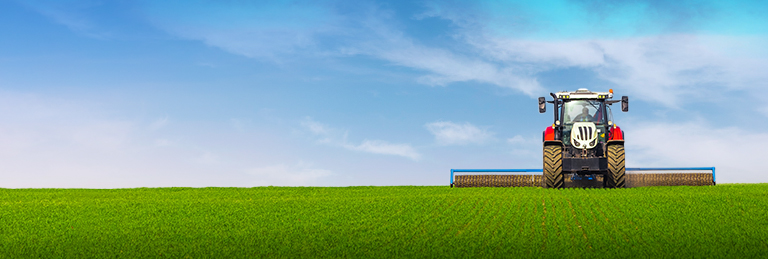This information comes from a first EU-wide monitoring of food waste published by Eurostat today. The article presents a handful of findings from the more detailed Statistics Explained article.
Tackling consumer food waste remains a challenge both in the EU and globally. Household food waste is nearly twice the amount of food waste arising from the sectors of primary production and manufacture of food products and beverages (14 kg and 23 kg per inhabitant; 11% and 18%, respectively), sectors in which strategies exist for reducing food waste, for instance with the use of discarded parts as by-products.
Restaurants and food services accounted for 12 kg of food waste per person (9%), while retail and other distribution of food was the sector with the least amount of food waste (9 kg; 7%); however, the impact of the COVID-19 lockdowns on these two sectors is still being analysed.
Would you like to know more about waste in the EU?
Rising prices and concerns about our environmental footprint make us all mindful to use the resources we have efficiently, minimising waste. One simple way would be raising awareness on the yearly amount of food waste we produce. Food waste in particular has a high environmental and climate impact, as it is an additional source of greenhouse gas emissions.
Further data on waste are included in the Eurostat interactive visualisation tool which shows statistics relevant for the European Green Deal. It presents an overview of 26 indicators divided into 3 main topics: reducing our climate impact, protecting our planet & health and enabling a green & just transition. Further data on Waste Statistics are available in the EU monitoring framework for the circular economy.
For more information:
- Statistics Explained article on food waste and food waste prevention - estimates
- Stats in a Wrap: How do we manage waste in the EU?
- Dedicated section on waste statistics
- Database on waste statistics
- What's New article on how the amount of waste recovered increased in 2020
- EU actions against food waste
Methodological notes:
- Food waste includes both edible and inedible food components, as well as any liquid that is treated in a waste treatment facility ahead of being disposed with waste waters.
- Waste is classified in accordance with the European Waste Classification for Statistics, version 4.
- Belgium, Latvia, Malta and Romania: data not available.
- Czechia, Lithuania, Portugal and Sweden: data are estimated.
- Cyprus: definition differs. Please see the metadata.








